For centuries, Aberdeen’s Castlegate was a busy meeting place, a market stance and transport terminus – but was originally the medieval Castle of Aberdeen.
The fortress once stood tall on Castle Hill overseeing the comings and goings from the harbour below, and protecting the burgh of Aberdeen.
It was heart of Aberdeen’s Old Town, but the site is now occupied by tower block flats.
The only hint there was once a mighty stronghold there is the name Castlegate.
Today, it’s a pedestrianised area with the handsome Salvation Army Citadel as a backdrop, but in the 13th Century it’s where the castle gates stood.
A site of medieval executions, proclamations and celebrations, the Castlegate’s history still seeps into our daily vocabulary in Aberdeen through surrounding street names.
Exchequer Row was so called because it contained the office of the receipt of the King’s customs and the town mint.
While Marischal Street was built on the site of the lodgings belonging to George Keith, the last Earl Marischal of Scotland.
But fast forward a couple of hundred years, and some Aberdonians with long memories may remember the Castlegate as the terminus for the city’s trams.
While others will recall it as a busy market stance, overseen for centuries by the 17th-Century Mercat Cross, which stands at the King Street end of the Castlegate.
Dating from 1686, Aberdeen’s Mercat Cross is widely thought to be the finest and best-preserved in Scotland.
The Castlegate was historically the site of ‘Muckle Friday Fair’, an important date in the north-east agricultural calendar.
Also known as the ‘feeing market’, it was a half-yearly event where the Castlegate was a sea of flat caps as farmers and men thronged to the meeting place.
Farmers would bargain for, and hire farm, servants for the coming season, but there was also a ‘rascal fair’ for the men who had not been hired.
While the Timmer Market was originally the place to buy wooden (timber) goods and was held at the Castlegate until it was moved with the introduction of trams in 1913.
Various markets have been revived and held since, but the days of Castlegate as a bustling place to socialise and shop are long gone.
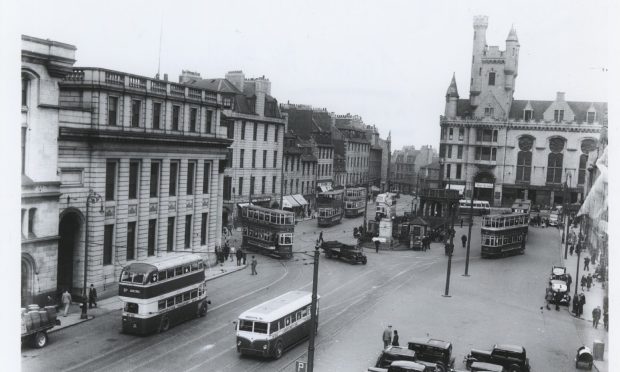


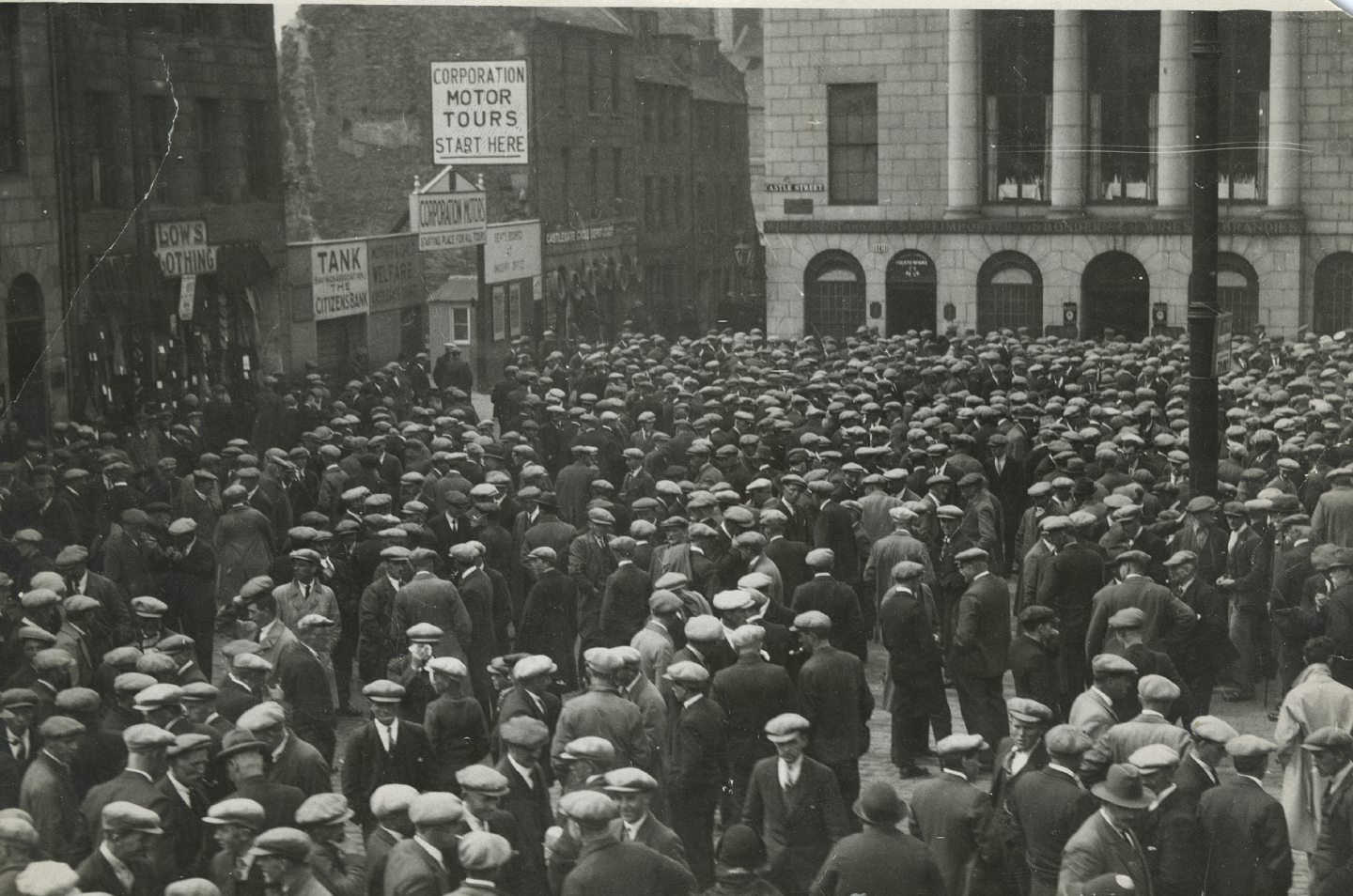
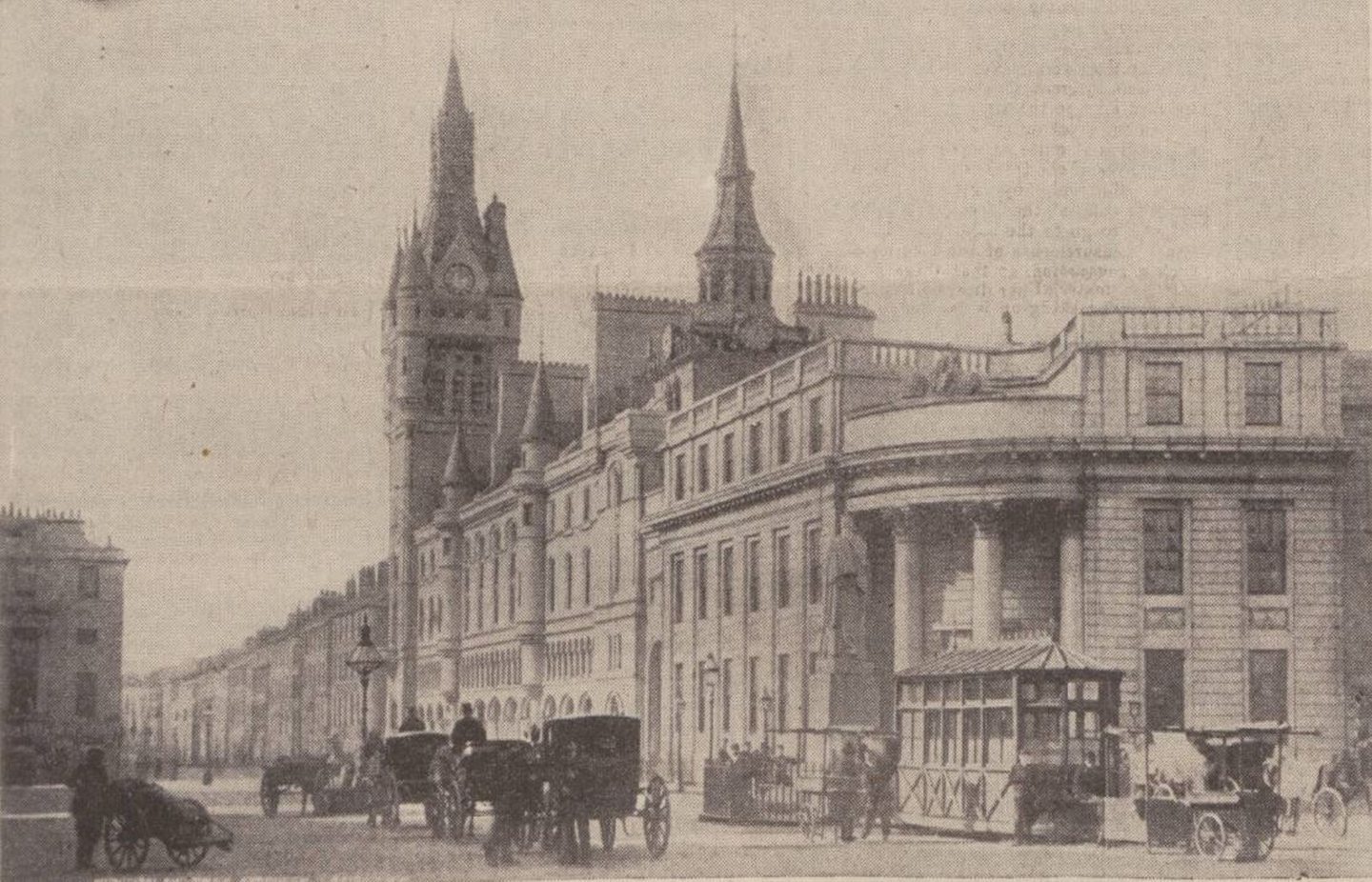
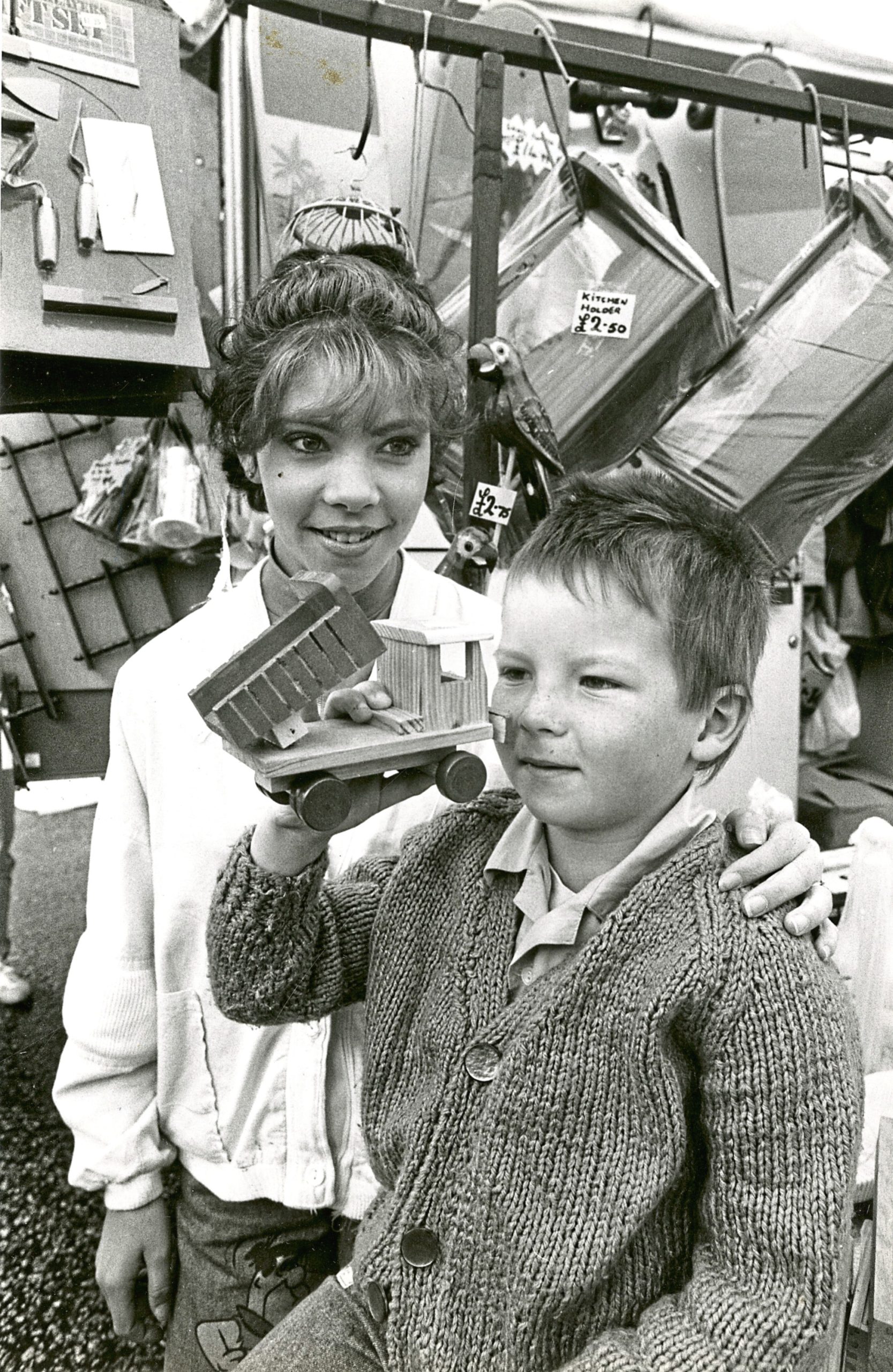
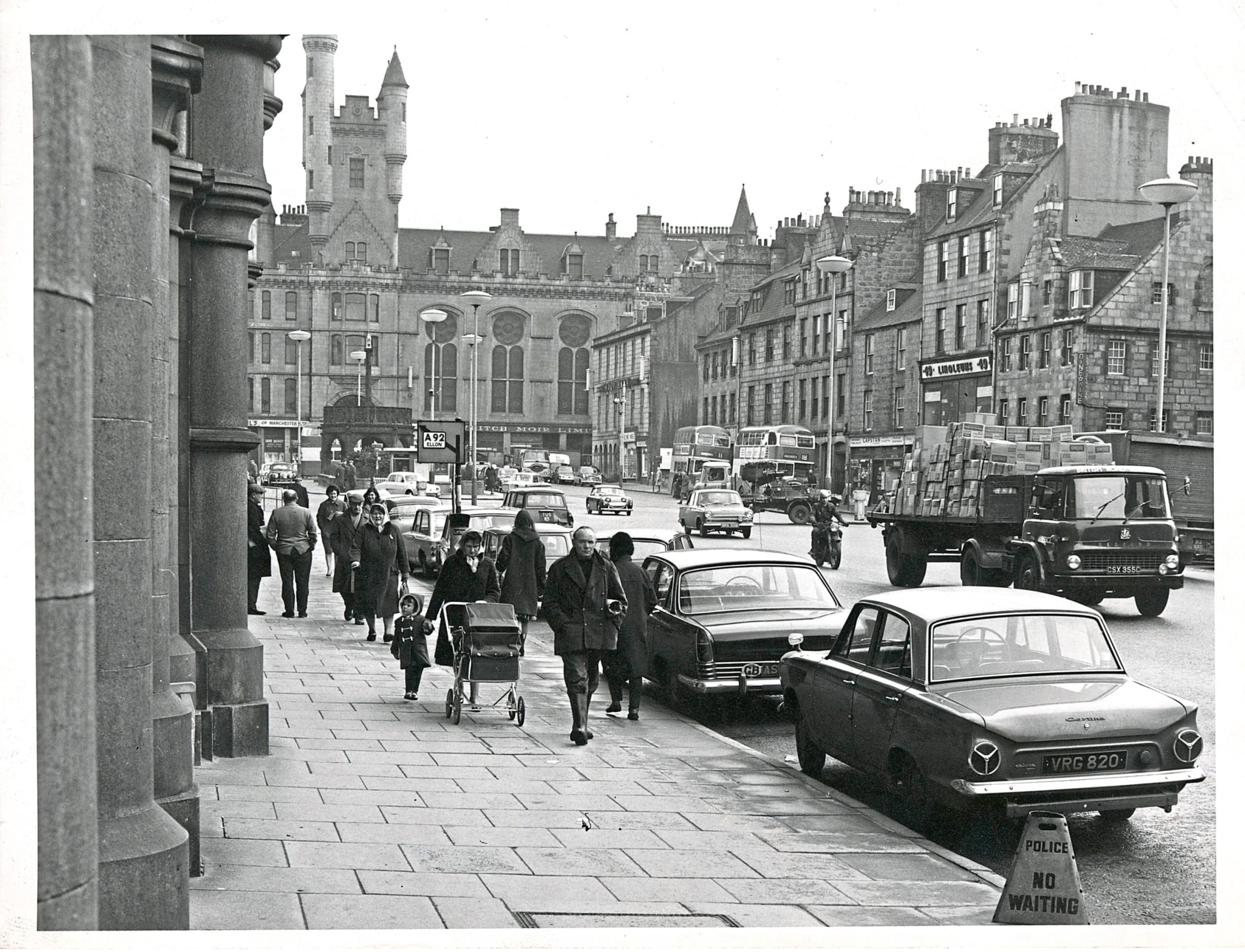
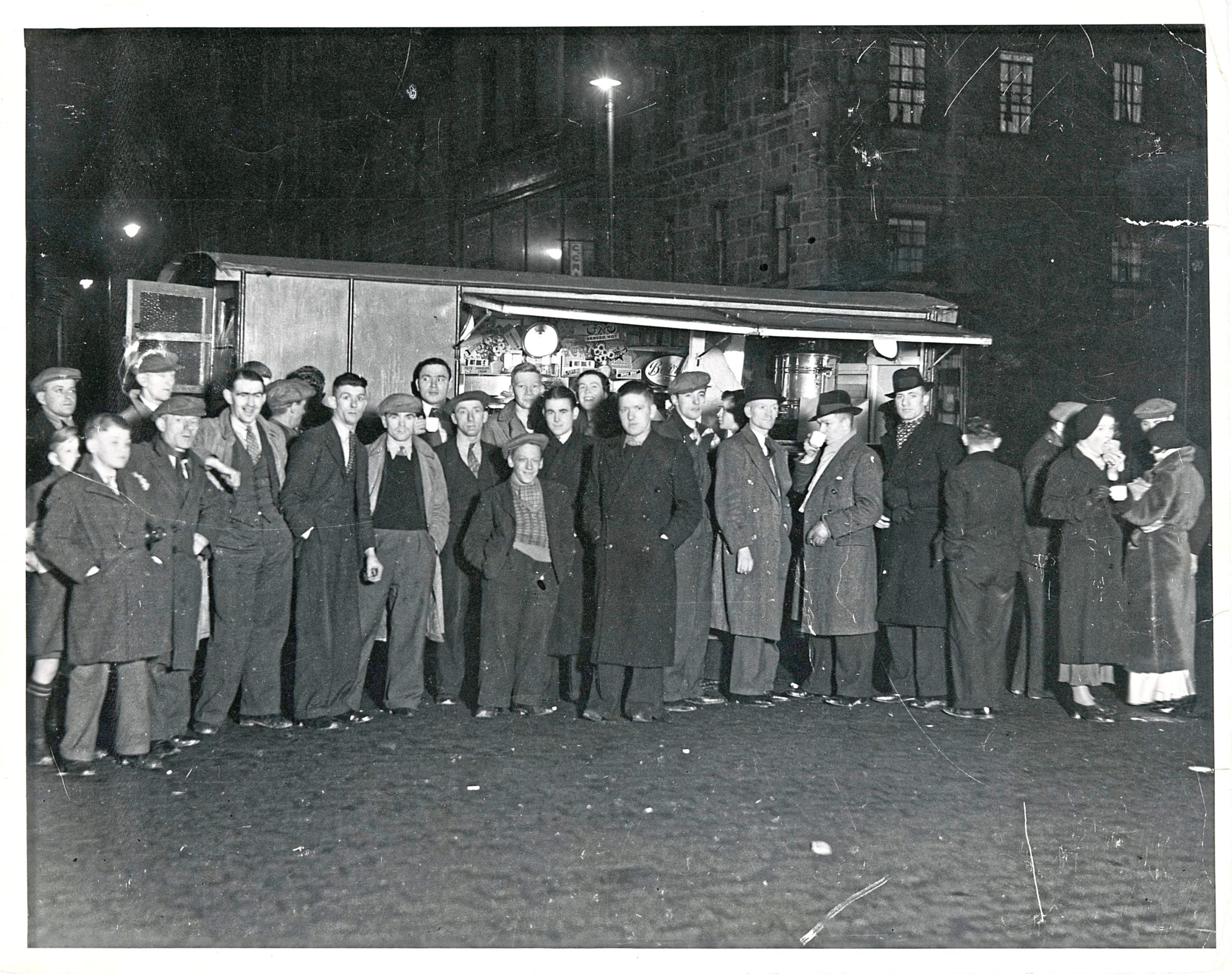
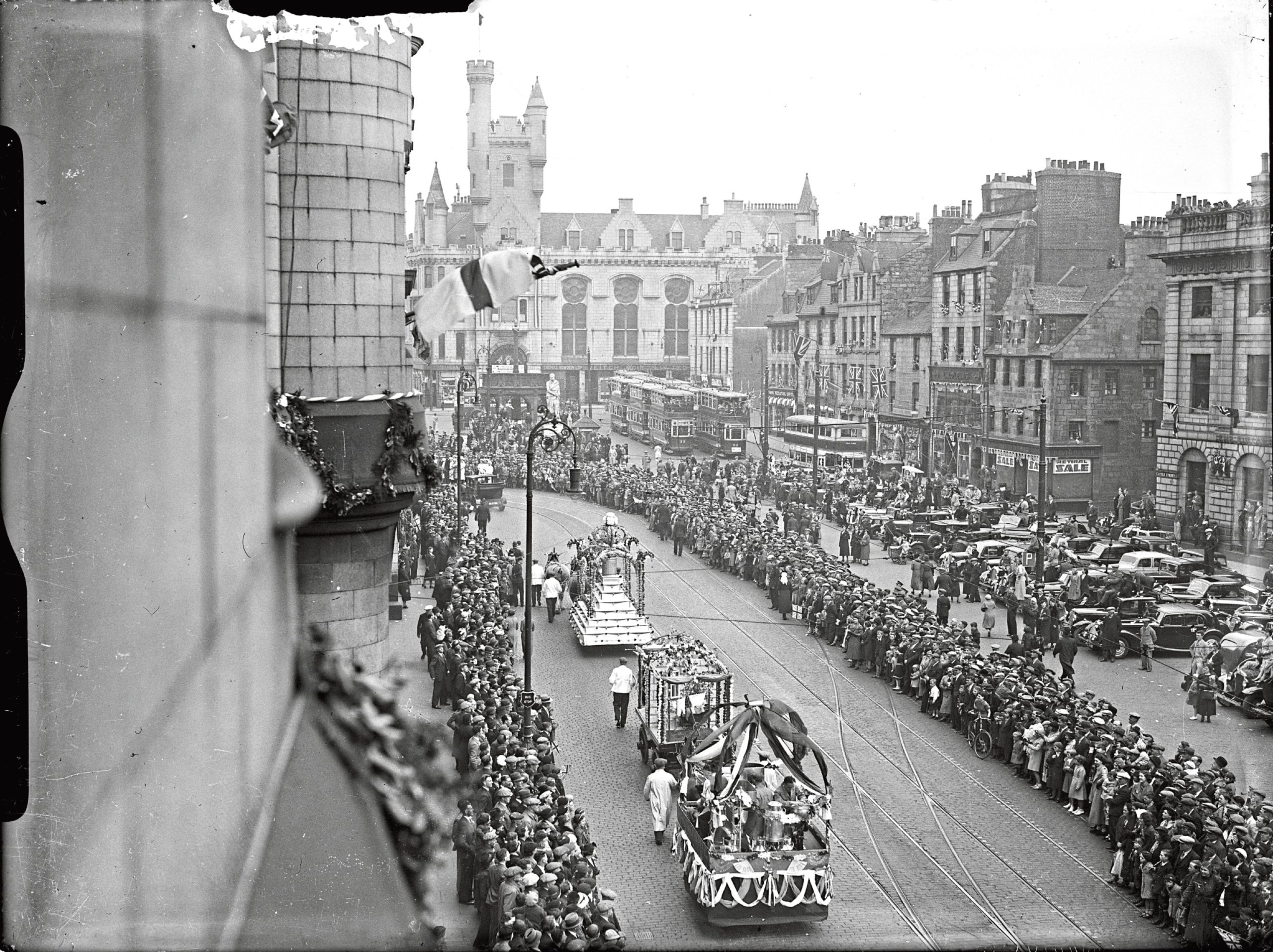
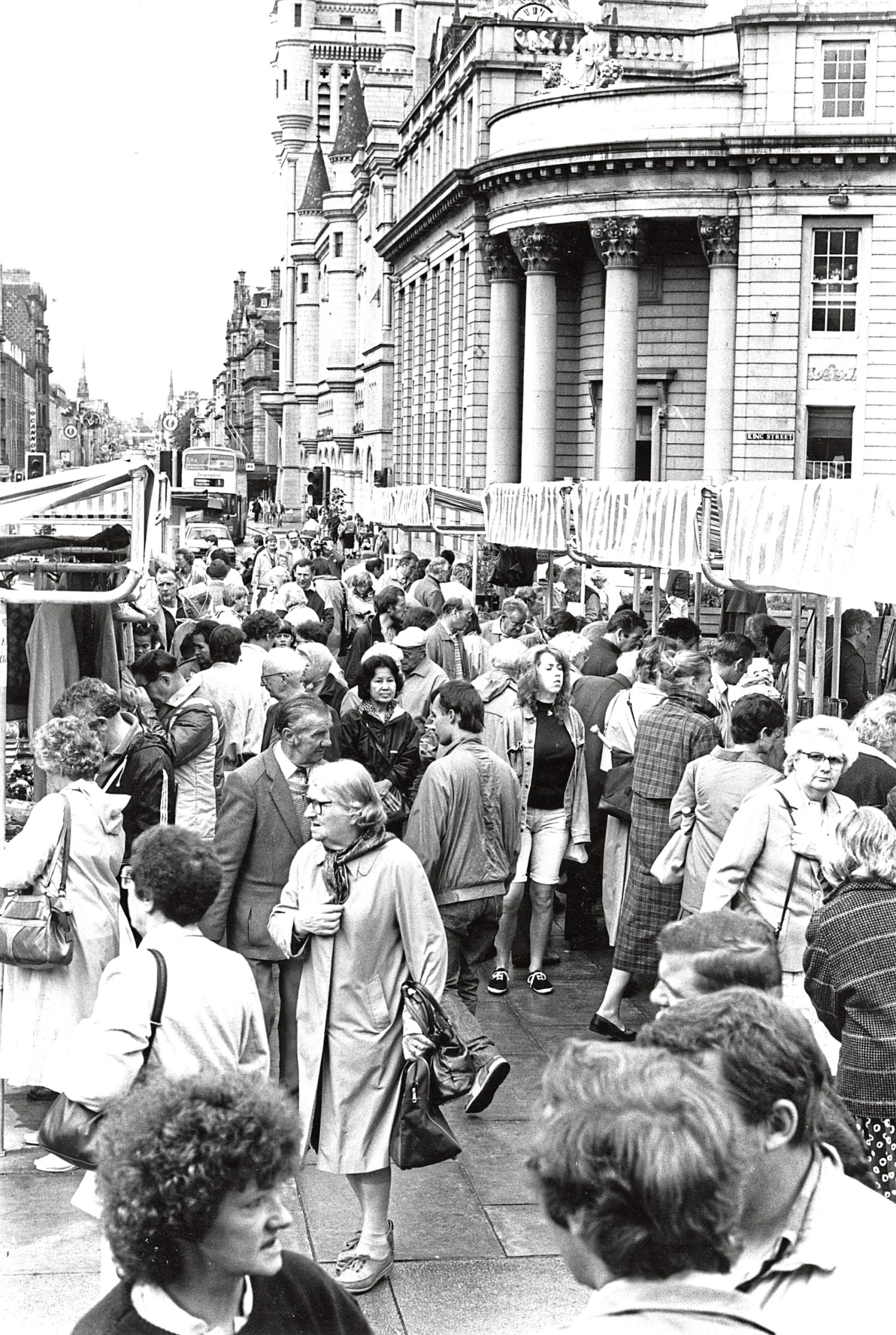
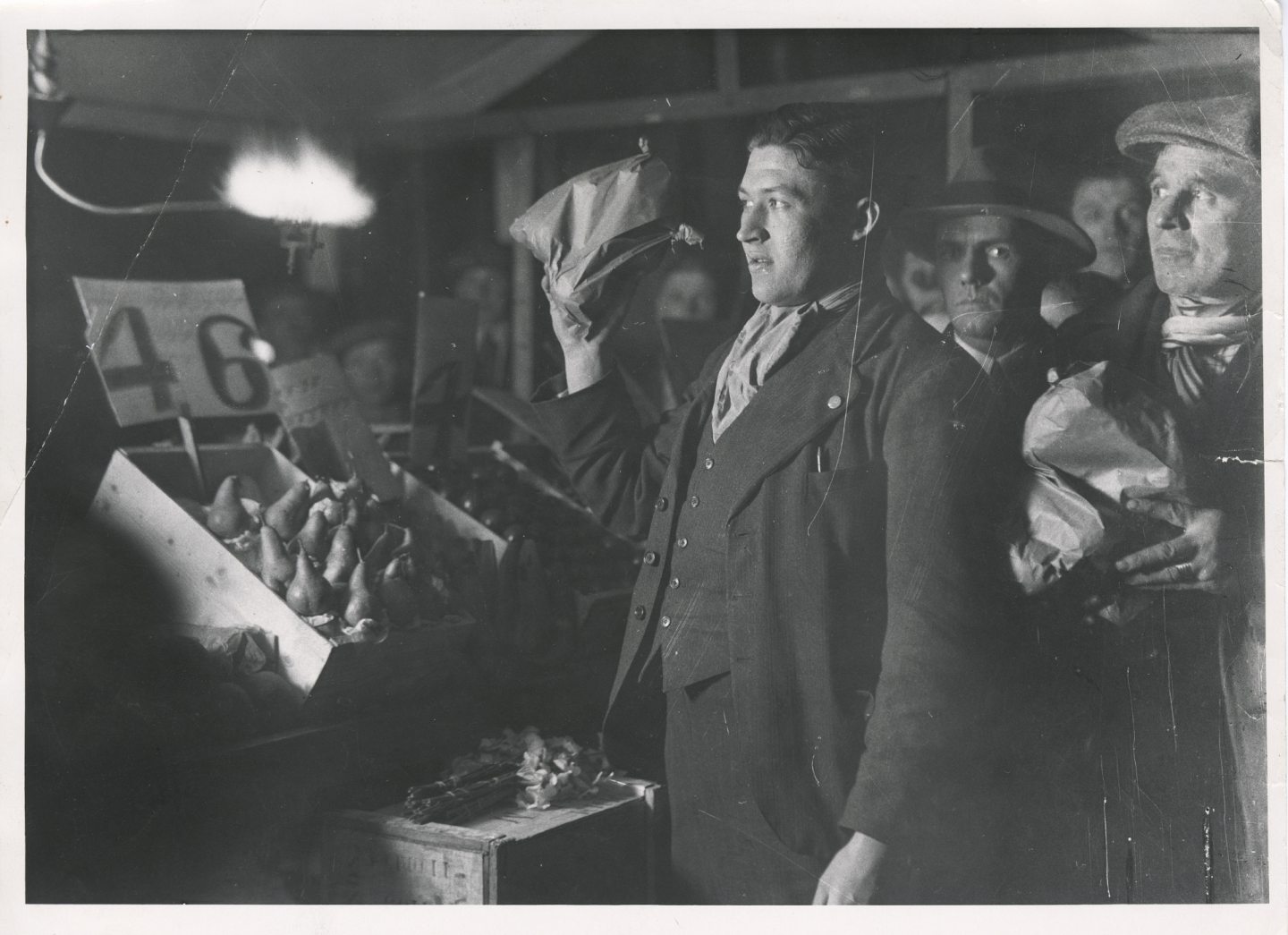
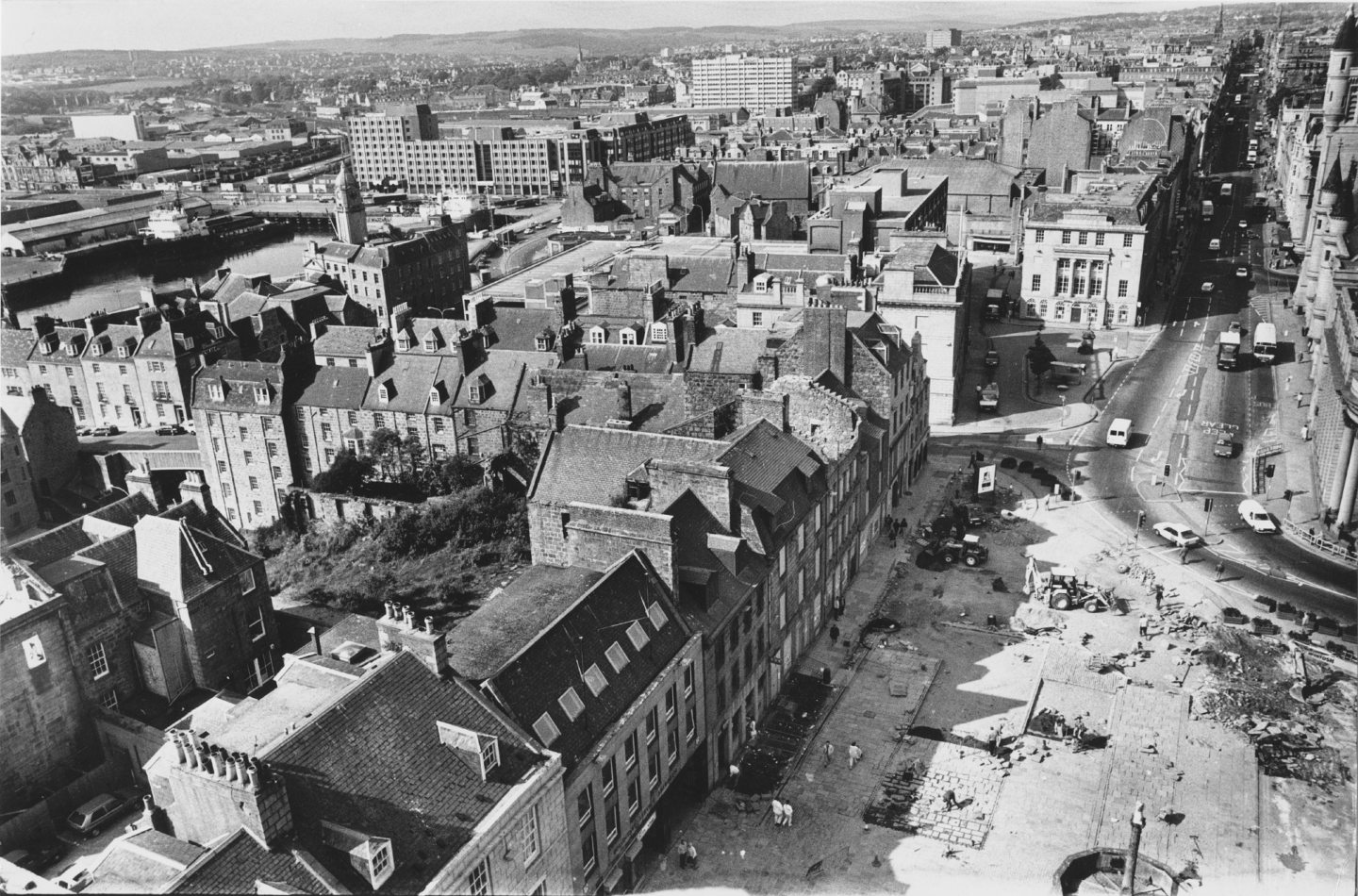
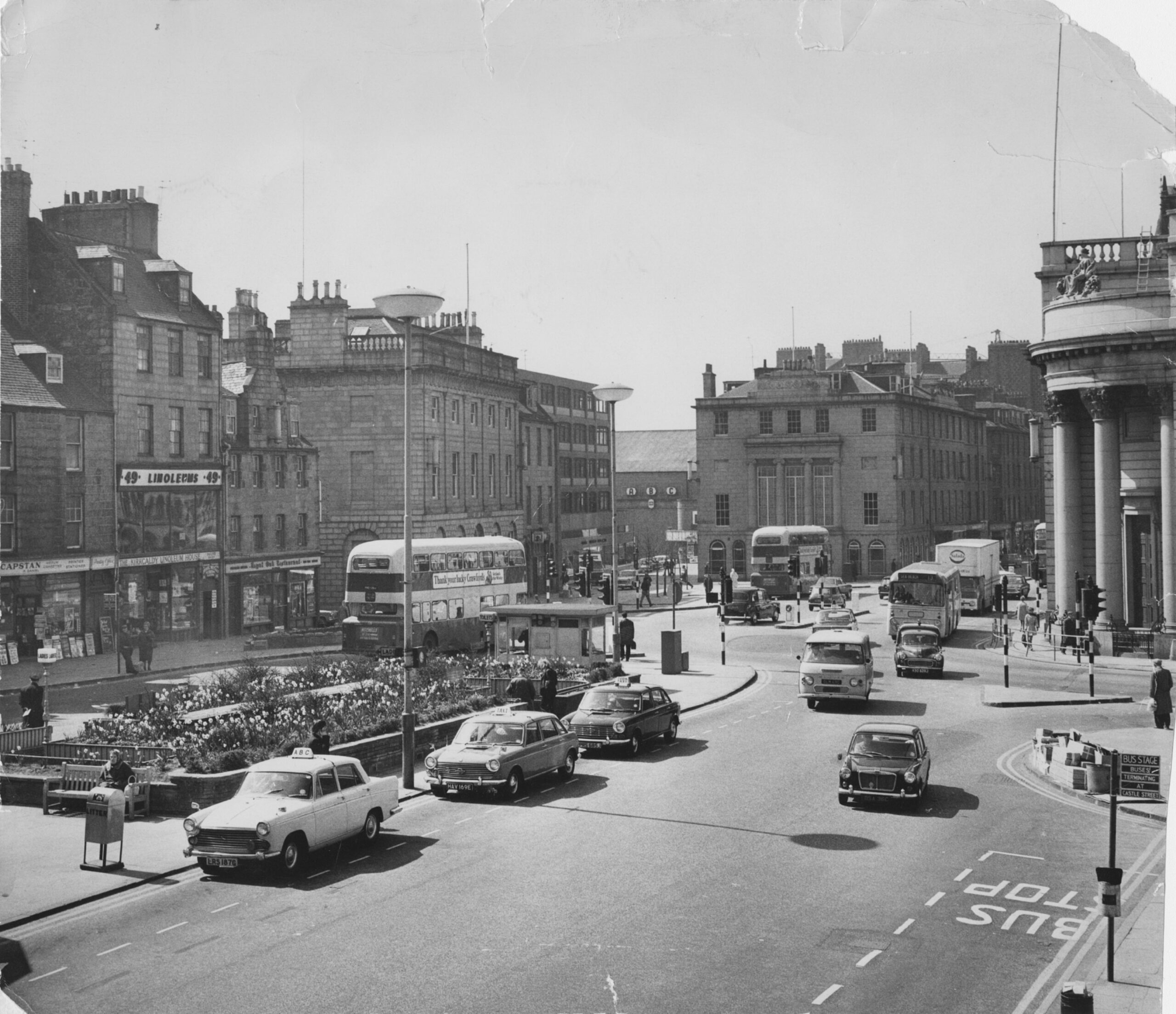
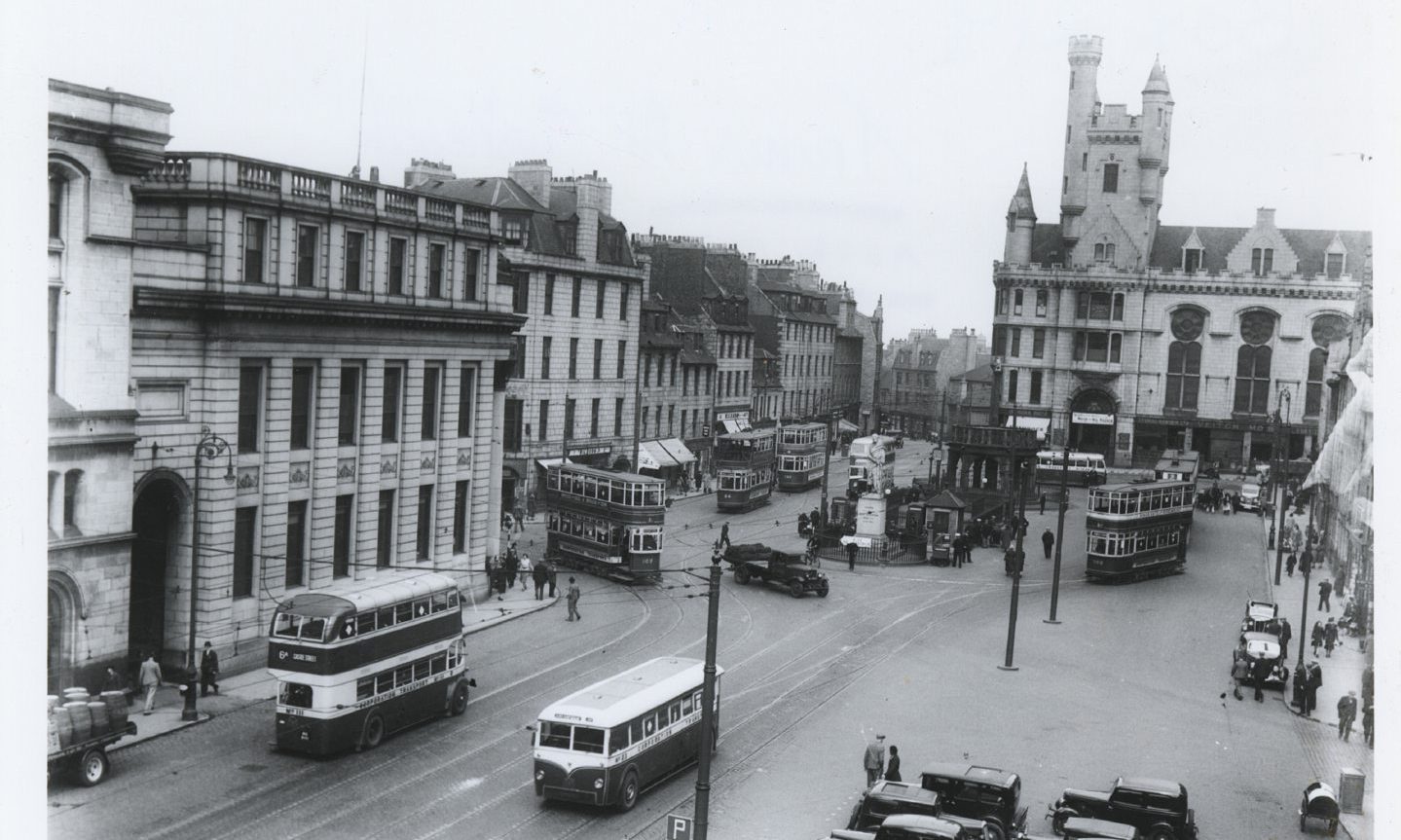
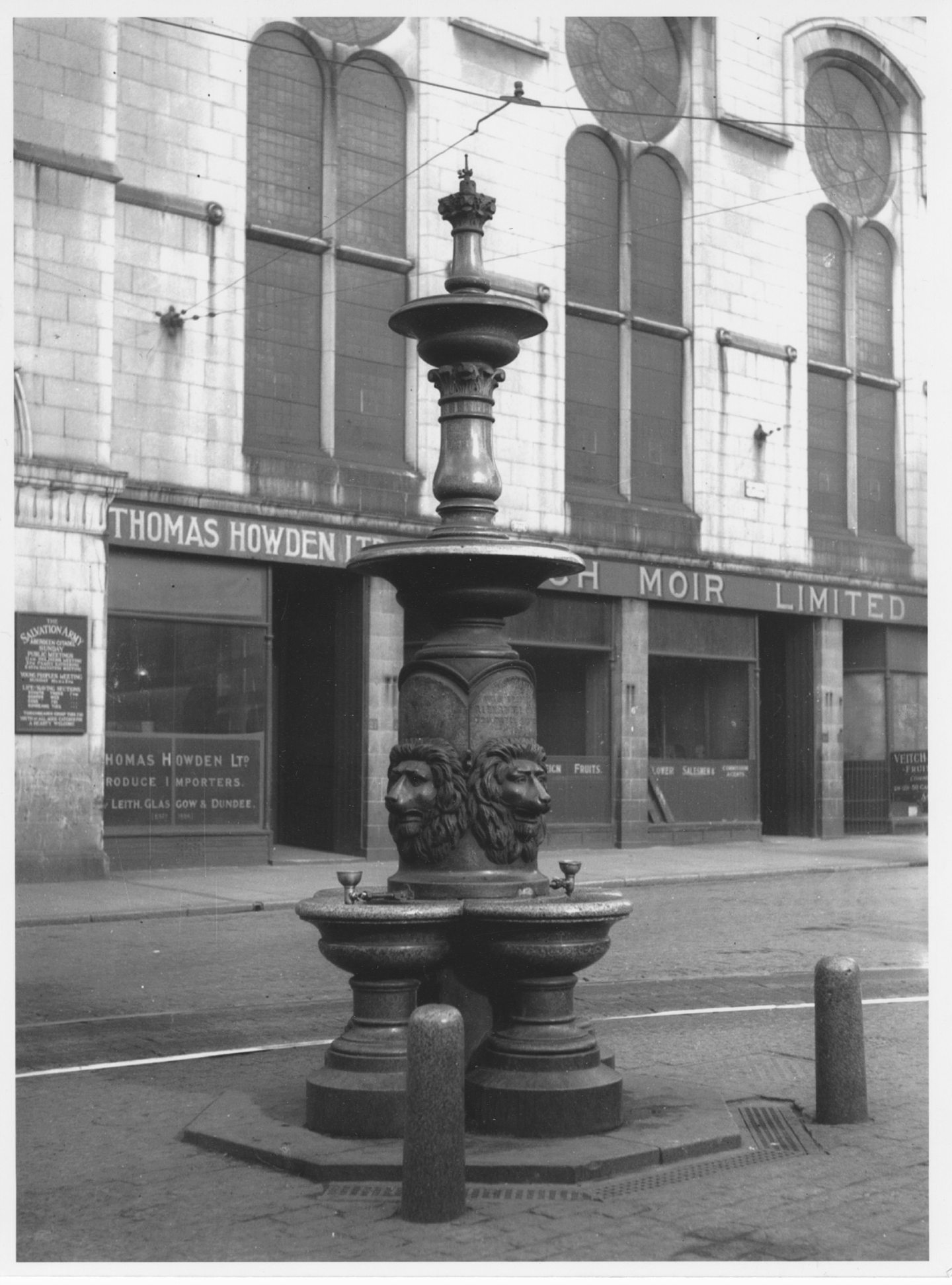
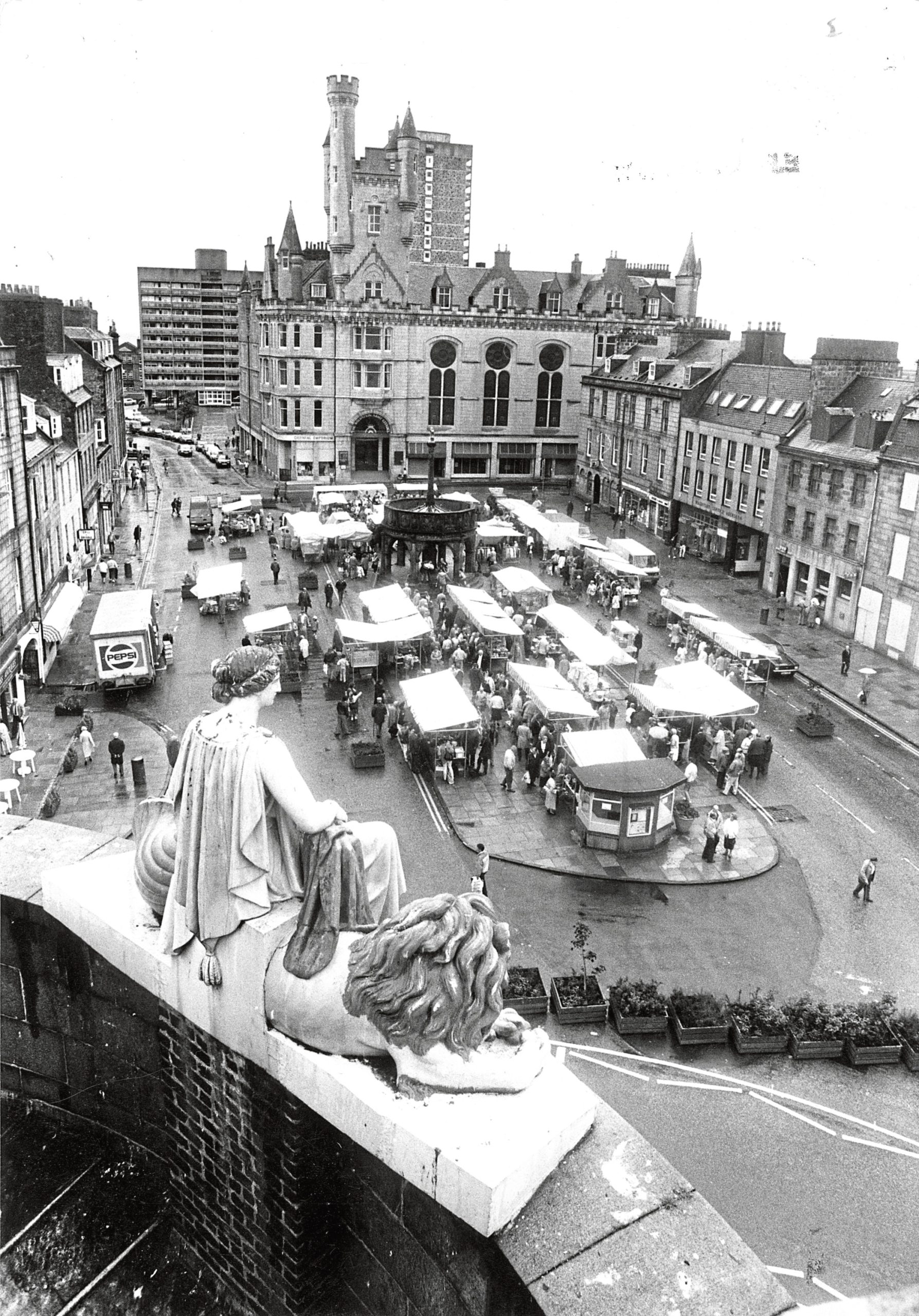
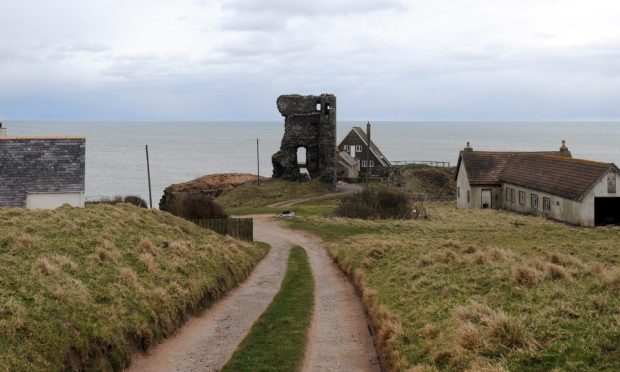
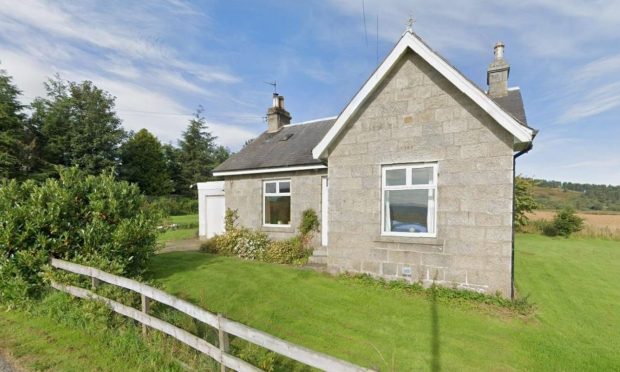
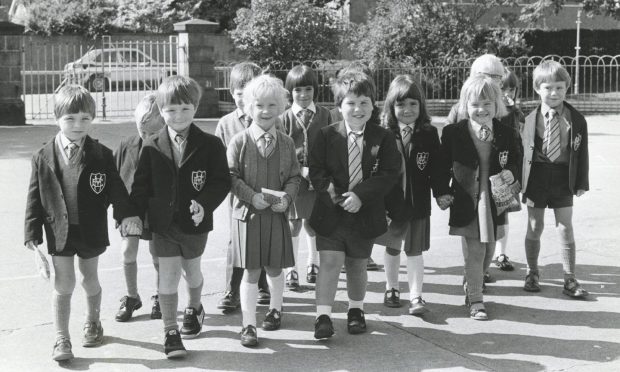
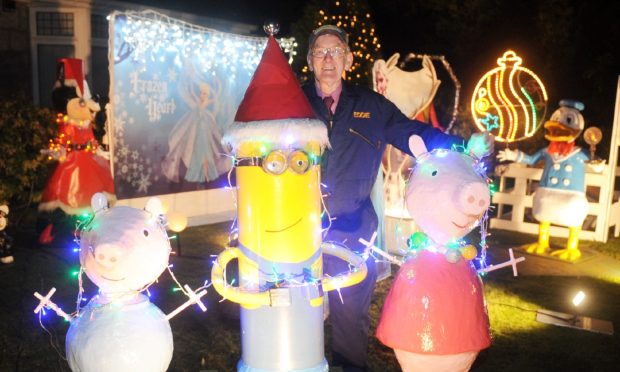
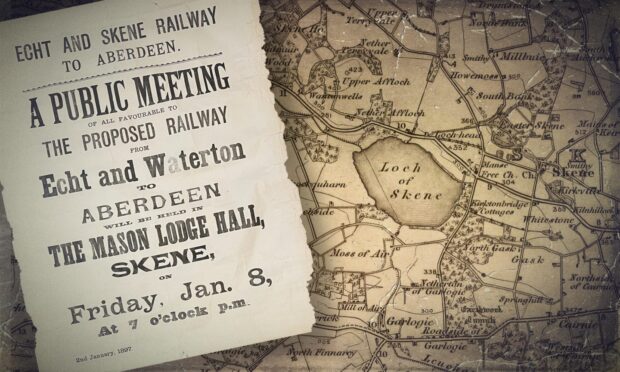

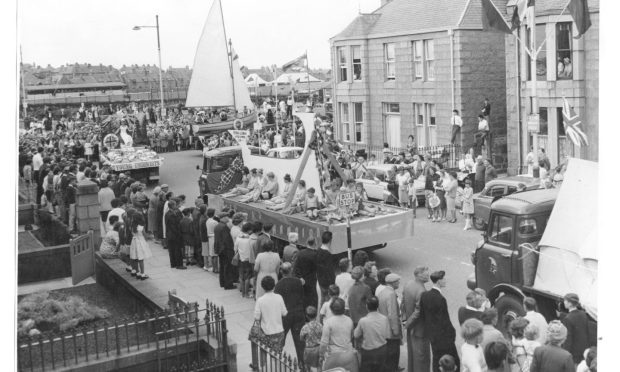
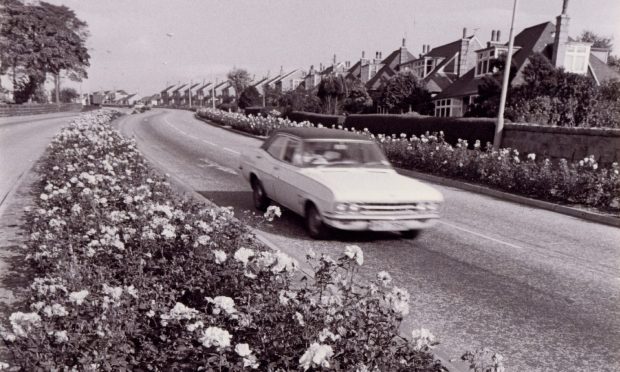
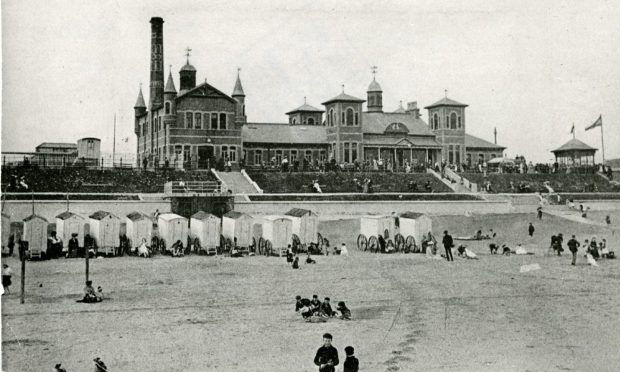
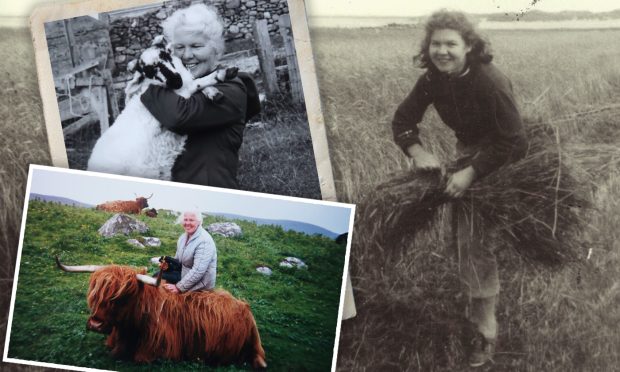
Conversation